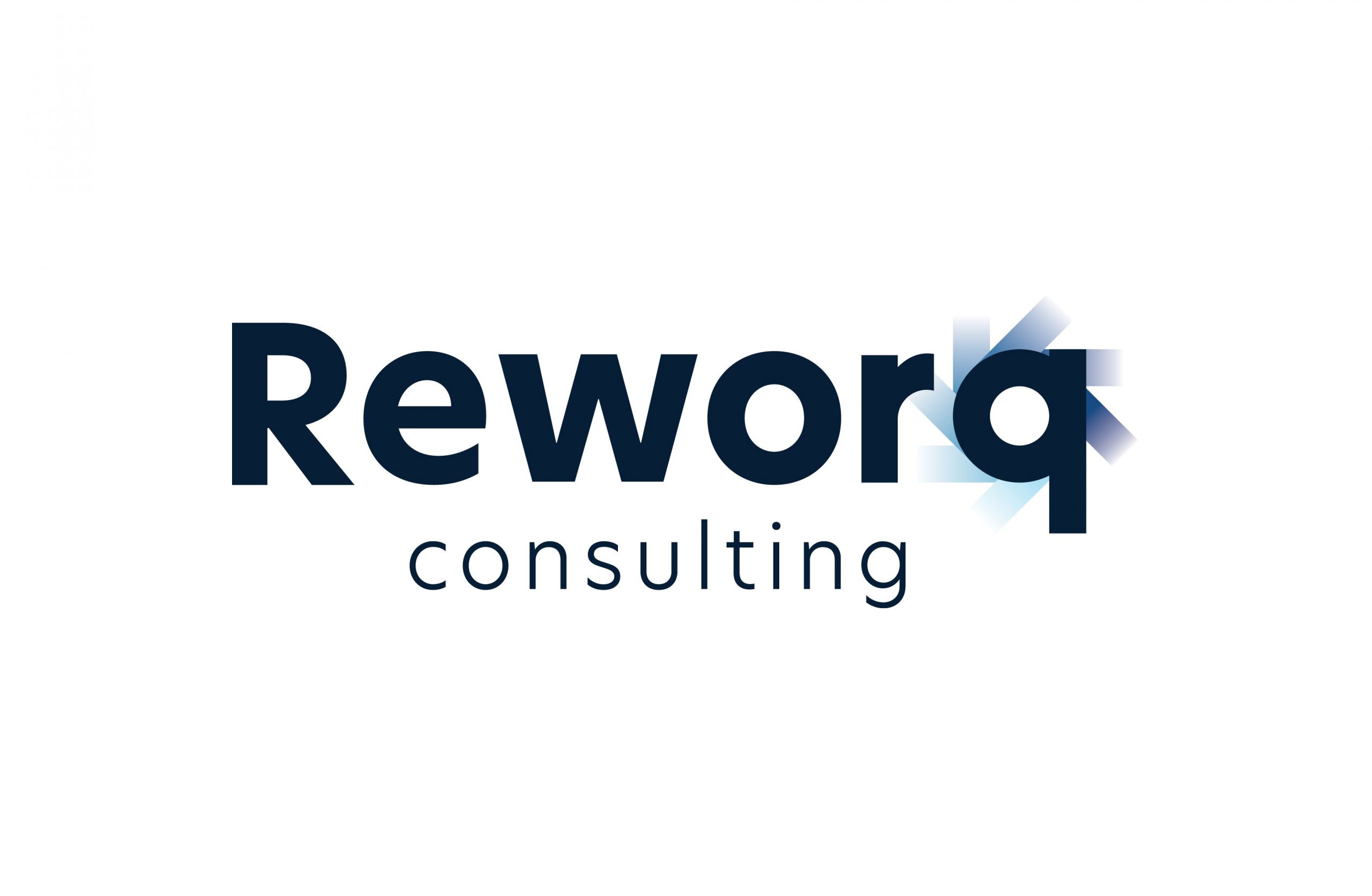“Vision” and “mission” and “strategy” are foundational requirements to business growth. This future-back framework describes the necessary evolution of an organisation’s capabilities to execute strategy and realise its business purpose. Strategic roadmapping begins with a three-to-five-year aspirational purpose driven by the integration of Strategic Roadmaps, which works backwards to define the process, technology, resources, and organisational capabilities with activating the response to business change.
In today’s rapidly changing landscape, organisations face the continuous challenge of translating their business strategies into meaningful projects and actions. Whilst devising their business model, organisations fail to meet 20% of their strategic objectives and this fact is due to inadequate strategy implementation. Many businesses struggle when it comes to the critical step of execution – by making the mistake of focusing their time and effort into strategy design but neglecting the delivery and implementation phase(s).
Because all too often there exists a gap between enterprise vision and project execution, which can hinder an organisation’s growth and success. Precisely why your Executive Management Team and Senior Managers must pay more stringent attention with detailed focus on your delivery phases. Since projects that are misaligned (with overarching business goals) can waste company resources!
Moving quickly from strategy design to project delivery is key with closing your organisation’s strategy-execution gap; that is where a Strategic Roadmap comes in. To overcome the strategy-execution gap, an organisation must understand the challenges of strategy execution and the need for a comprehensive delivery approach, by continually monitoring the enterprise environment and then adjust both their strategy and execution accordingly.
What is a Strategic Roadmap?
A Strategic Roadmap is a visual representation of an organisation’s short and long-term Strategic Plan. It stands between vision and execution, outlining the long-term goals and every step required to achieve them. It is a strategic visual tool that shows how you plan to achieve your goals to your teams, customers, and investors – a path for your team’s journey, with milestones, key initiatives, and timelines clearly mapped out.
When creating your roadmap, you define the individual steps along with timelines and priorities towards achieving your business goals. Roadmaps often appear in flow diagrams that show how the different tasks and milestones connect. This helps ensure that you determine the project schedule and roles information to properly allocate resources, tasks, and their responsibilities.
Connection to organisation goals and objectives
A Strategic Roadmap is a connection between the organisation’s long-term goals and the actionable steps needed to achieve them. This ensures that every effort and team member within the organisation contributes to its overarching targets, since the purpose of a roadmap is to link strategies to specific goals and objectives. This strategic alignment ensures that key resources are used effectively and efficiently, and focussed efforts are channelled towards achieving future goals.
Differentiating from Tactical Plans with emphasis on ‘big picture’ vision
Tactical Plans focus on shorter-term activities and tasks centred on day-to-day operations, whilst a Strategic Roadmap emphasises the broader vision and long-term goals but the ‘big picture’ of where the organisation positions itself in the near future.
A Strategic Roadmap helps an organisation with bridging the gap between strategy and execution by translating high-level strategy into actionable project initiatives. It serves as a critical link between the ”Why” of the strategy and the ”How” of its implementation.
Managing the relationship between Strategic Roadmap and Strategic Plan
A simple explanation is that a Strategic Roadmap describes the ”What” and the ”Why”. A Strategic Plan describes the ”How”.
Strategic Roadmap
A Strategic Roadmap helps broadcast the visualisation of the strategy for achieving your vision and represents a high-level overview of your organisation’s strategic goals, plus the major steps needed to achieve them. It is a powerful communication tool for your desired destination, rallying the entire team around the “Why” behind their work, and guiding their day-to-day activities and priorities.
A Strategic Roadmap is not a visual Gantt Chart of activities (with start dates and end dates). It describes ”What” the organisation must change, and ”Why” the changes are required to achieve the strategic vision. It should also be flexible by allowing for adjustments as the business environment (and needs) change over time.
Strategic Plan
On the other hand, a Strategic Plan describes ”How” the organisation will deliver the outcomes described in the Strategic Roadmap. It is more detailed and focuses on the execution and delivery of the roadmap. The Strategic Plan will often be represented in a Gantt Chart which breaks down steps into detailed tasks, outlines who is responsible for those tasks, and includes information about specific time limits, start / end dates, deadlines, milestone dates and resources allocation.
Organisations conduct strategic planning on a periodical basis and in consideration of the change (and effects) of economic, market, industry, legal, and regulatory conditions. A Strategic Plan may be updated and revised at a point in time but only when there is a need to reflect any strategic changes.
What are the advantages of a Strategic Roadmap?

A Strategic Roadmap provides organisations with a clear, concise, and coherent plan for their future direction and business initiatives. By engaging in the development and working with such a roadmap can yield key benefits (both financial and operational) including the following:
Alignment with goals and sustainable growth
Strategic Roadmaps helps visualise the organisation’s direction by ensuring that all organisational efforts are aligned with the core business goals, and “How” to achieve them. By mapping out their identified strategies and linking them to specific objectives, a roadmap provides clarity on “What” needs to be done and “Why” it is critically important to achieve success.
Working together as a team
- By enhancing overall efficiency and effectiveness, this ensures that all departments, teams, stakeholders, and employees are working towards the same business targets.
- That all Senior Managers and stakeholders are aligned with the strategic objectives and understand their roles (and accountabilities) in the execution of the Strategic Roadmap.
Clear objectives make goal setting easier
- The clarity of your objectives is essential for gauging the success of any strategy.
- Assess whether the organisation established clear, concise, and well-defined objectives during the initial development of the Strategic Roadmap.
- Ensure that you evaluate the alignment of the Strategic Roadmap with your core business goals.
Long-term sustainability and growth
- Evaluating strategy ensures that the organisation’s practices, new initiatives, actions, and deliverables can align with your long-term sustainability goals.
- Helps to identify improved practices that contribute to ongoing business longevity and highlights non-performing practices that might hinder sustainable growth.
Improved communication and stakeholders’ collaboration
A well-structured Strategic Roadmap serves as a communication tool, fostering transparency in its purpose and providing shared understanding among various stakeholders, teams, and employees. By visualising the business direction and strategy, it facilitates internal collaboration across different business units, encouraging diverse teams to work together and support each other during the pursuit of common goals.
Communication Tool
- Known as an excellent communication tool, by simplifying complex strategies into an easily digestible format and deployed language.
- Helps assess how well the strategy was effectively communicated, executed, and endorsed throughout the organisation.
- Determines that the strategy resonates with the broader interests of the business.
Better team communication
- Ensures alignment of the organisation’s strategic planning and that everyone is on the same page with understanding the direction and pursuit of the end-goals.
- When teams have a shared purpose or reference point, it becomes easier for your Executive Management Team to communicate priorities, allocate resources, and co-ordinate efforts across various business units.
Resource evaluation, allocation, and optimisation
Resource optimisation is about using the available resources pool in the most efficient way to achieve your business goals. A Strategic Roadmap helps in identifying where resources (such as time, funds [$], and human capital) should be allocated and how they can be best utilised towards the most impactful areas.
Evaluation process
- Throughout the evaluation process, analyse the allocation and utilisation of your resources pool.
- This helps with identifying areas of resource efficiency and effectiveness, thereby enabling to optimise resource usage for better strategic outcomes.
Efficient resource utilisation
- This major step is crucial to enhancing your resource efficiency and business investment.
- Consideration must be given to how resources are allocated, deployed, and used throughout your business operations.
- This evaluation determines whether there was optimal utilisation of resources or if there are any deficiencies or identified areas that require immediate improvement.
Learning and growth
- Continuous process improvement is a key aspect of strategic evaluation.
- Encourages an ingrained culture of progressive learning from the resource’s evaluation process.
- In hindsight, it is a dynamic and cultural shift in mindset with identified lessons learned (both positive and negative) and then, using these outcomes to better inform future decisions.
Better Enterprise Risk Management (ERM) maturity
As your business landscape shifts, so does the various spectrum of risks that your organisation will face. Incorporating these risk factors into your strategic planning is essential for navigating the current economic conditions, fortifying your defence against change, and driving sustained progress. To effectively manage these risks, organisations must adopt a structured and disciplined approach with implementing an Enterprise Risk Management (ERM) framework to assess, mitigate, and enhance their risk management capabilities.
Find the intricate balance between Risk and Strategy
With finding the right balance between risk and strategy, a forward-thinking Enterprise Risk Management Plan (ERM) is essential for organisations looking to mature their risk management capabilities. The journey toward ERM maturity can become as challenging as it is critically important, by turning potential risk challenges into opportunities for success – aligning every aspect of your risk management with your overarching business goals and objectives.
Identify and reduce potential risks
With a clear roadmap to ERM maturity, organisations can readily identify potential risks that might arise during the execution of the strategy. By proactively addressing these risks, your Executive Management Team and Senior Managers can develop contingency plans and thereby, be better prepared to manage uncertainties during this course. This enhances the organisation’s ability to navigate through potential roadblocks (to change) with a disciplined yet flexible approach to managing risks and empowering your organisation to thrive amidst uncertain change.
Monitoring progress with Key Performance Indicators (KPIs)
Monitoring your roadmap progress is essential for ensuring that the organisation stays on track to achieving its goals. A Strategic Roadmap provides clear direction, milestones, and establishing Key Performance Indicators (KPIs), which makes it easier to track your progress and measure success with previous benchmarks.
Regular periodic reviews of the roadmap can lead to timely adjustments and robust decision-making by key stakeholders, ensuring that the everyone in the organisation stays aligned with the pursuit of its strategic direction.
Prioritisation of critical components
- It helps identify, focus, and deliver strategic initiatives on what is most critical to the organisation’s success.
Flexibility with change
- It provides a disciplined yet flexible framework that can be adapted to changes in the business environment or strategic objectives.
People visibly engage in delivering higher productivity
Better initiative visibility can improve how teams communicate, optimise processes, and manage their resources. For Professional Services or Project Management teams, visibility is critical because it supports important activities like capacity planning and managing customer relationships.
Insights into key historical data drives critical visibility
Demand Management relies on accurate forecasting and the accessibility of key historic data because it involves analysis of previous business activities, both successes and failures. Therefore, a lack of adequate visibility into such historical figures can lead to Project Managers making critical decisions based on outdated, inaccurate, or incomplete information.
If a Project Manager does not have visibility into which team members will be available and when, it can be difficult to determine whether there are enough resources to meet the dynamic needs of clients. By assigning the right people for each project task, this avoids unnecessary work tasks duplication and the ability to track project maturity by maintaining open lines of communication and adequate feedback (as needed). Additionally, less wasted time on efforts that do not align with the organisation’s core goals.
Enhance product strategy with User-focused development
Your product strategy may look great (upon reflection!) as you target your Go-To-Market (GTM) Plan deadline, but all your hard effort is wasted if it fails to meet your customer needs. Roadmap planning guarantees that your clients and users remain at the forefront of your strategy and purpose.
Undertake more research to deliver value
By researching and then mapping out key initiatives and timelines, you begin to prioritise features and improvements that directly address customer “pain points” and thereby deliver value. All driven by a laser-focus on customer serviceability and accountability for your market position.
Summary
Strategy has extraordinarily little value until put into practice.
Given that business conditions change so rapidly, Strategic Planning as a discipline is still relevant today. However, the nature of the planning exercise needs to be adapted to reflect the nuances of your industry and the directional change for the organisation’s planning horizon and environment.
The advent of technology, globalisation, market competition, increasing legislation, and shortening of product life cycles are all contributing to increasingly complex requirements.
The fundamental principles of planning such as direction setting remain the same, only the application and purpose needs to be modified by taking the time to learn and analyse the basics of Strategic Roadmaps – helping all types of businesses and enterprises to reach their goals promptly, efficiently, and accelerate business growth.
Creating a successful strategy framework requires long hours of planning, debate, and then agreement but necessary to help navigate the dynamic business landscape. Roadmap meetings are critical platforms for fostering strategic alignment, team goal setting, stakeholder analysis, collaborative planning, and driving organisational activities towards implementing a successful strategy. By focusing on “best practices”, leveraging technology integration, and embracing adaptability, stakeholders can now harness the full potential of Strategic Roadmaps.
Need some guidance on your next steps? Let’s start a conversation…



